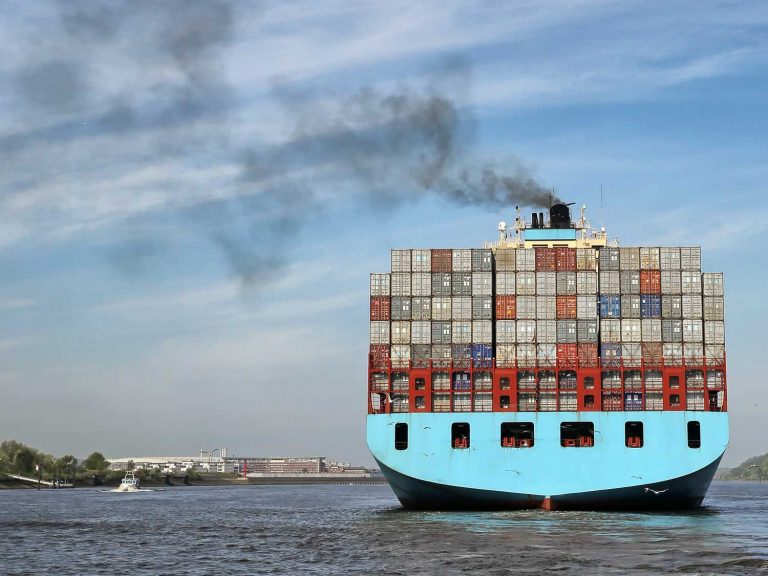
Date:
If you use ocean freight you can’t ignore IMO 2023 – what is it?…read on to find out the implications.
The supply chain challenges that have been driven by the pandemic and continue today with endemic congestion and disruption are significant and need attention, but preparation is needed for significant changes and challenges that are waiting just around the corner.
For close on two years everyone’s attention has been focused on operational, congestion and disruption challenges and when talk turns to the future, it is almost exclusively focused on when transit times will come back down, shipping schedules become accurate and freight rates return to sensible levels, rather than the International Maritime Organization (IMO) 2023 rules aimed at reducing emissions from vessels, which come into force in just 12 weeks.
On 1st January 2023 the IMO will adopt revisions and make additions to its initial strategy to cut greenhouse gas (GHG), by targeting vessel efficiency and carbon intensity to reduce total GHG emissions from shipping by at least 40% from 2008 levels by 2030.
Vessels will need to meet a specific Energy Efficiency Existing Ship Index (EEXI), have an enhanced Ship Energy Efficiency Management Plan (SEEMP) that lays out the vessel’s energy efficiency improvement steps, and determine Carbon Intensity Indicator (CII) rating scheme.
The CEO of a leading carrier explained that to improve the energy ratings of old ships you either use biofuel, or you have to slow the vessels down and calculated that his line would lose between 5 and 15% capacity to comply by lowering speed. This is a major impact on supply chain speed to market that is imminent in being implemented.
The IMO 2020 low-sulphur rules, were well-known for a decade before implementation, yet many only started to devote effort into the issue as we got into 2019 and many shippers only became aware in the second half of 2019 and were very surprised.
The soon to be introduced IMO 2023 rules were agreed upon in 2018, giving five years to prepare and while the new rules will involve carriers having to slow some of their vessels in order to meet the new requirements, the number of vessels affected and how much this will potentially reduce global capacity is presently unknown.
IMO 2023 rules will be more difficult for older vessels than for newer, more fuel-efficient vessels, and could have a more profound impact on smaller regional trades than major deep-sea trades, where most new tonnage operate.
Shippers that source in alternative regions and smaller locations dependent on feeder services, may find that effective capacity is reduced, services cut and transit times extended.
The IMO 2020 rule change was comparatively simple to explain – “We need to buy more expensive fuel – and while the IMO 2023 rules are more difficult to communicate, their impact on the supply/demand balance in some trades will be very clear.
It helps a little that the entry into the new IMO 2023 is not a “big bang”, as was the case with the low-sulphur rules and will come into effect over time, as vessels get to their next certification, but presently it appears the market is on track for a repeat of the IMO 2020 debacle where many shippers felt it was a surprise sprung on them at the last minute.
Global supply chains are going to be under pressure for a while yet, and we will share the most important IMO 2023 developments so that you are informed and prepared to make critical decisions.
Please contact Elliot Carlile, or Andy Smith to discuss your supply chain expectations and the potential impact of IMO 2023.
